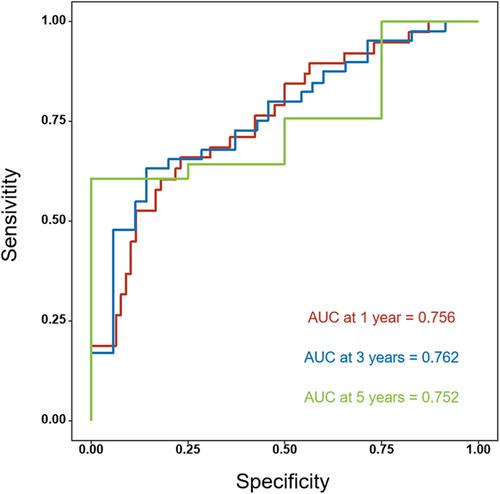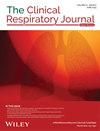Nomogram for Predicting Efficacy and Prognosis After Chemotherapy for Advanced NSCLC
Abstract
Purpose
One major issue is the therapeutic effect following chemotherapy for non–small cell lung cancer (NSCLC). Although numerous risk factors have been identified and novel therapies have been developed, improving patient overall survival (OS) remains a crucial postoperative issue. This study aimed to develop a nomogram for accurately predicting the OS of patients with Stage III–IV NSCLC treated with chemotherapy.
Methods
The Department of Respiration at Tangdu Hospital, Air Force Medical University, prospectively collected data on 321 patients between January 2018 and December 2023. A week before treatment, the platelet-to-lymphocyte ratio (PLR), the neutrophil-to-lymphocyte ratio (NLR), and seven autoantibodies were measured using Youden's index, which was obtained using the ROC curve. The formula was used to compute the values of PLR and NLR. After using multifactor Cox regression analysis to identify risk factors, a nomogram was produced regarding the therapeutic effect following chemotherapy. The performance of the nomogram was assessed using a bootstrapped-concordance index and calibration plots.
Result
It was determined that NLR, sex-determining region Y-box 2 (SOX2), adenosine triphosphate binding RNA deconjugase 4–5 (GBU4-5), and MAGE family member A1 (MAGEA1) were significantly associated factors that could be combined to accurately predict the therapeutic effect following chemotherapy. Utilizing these risk indicators, we were able to develop a nomogram that predicted the patients' survival at 1, 3, and 5 years. At 3 years, the area under the curve representing the expected survival probability was 0.762 (95% confidence interval 0.66–0.87). With a bootstrapped-concordance index of 0.762, the nomogram demonstrated good calibration.
Conclusions
Our nomogram proved to be a valuable instrument in accurately predicting the overall survival of patients.


 求助内容:
求助内容: 应助结果提醒方式:
应助结果提醒方式:


